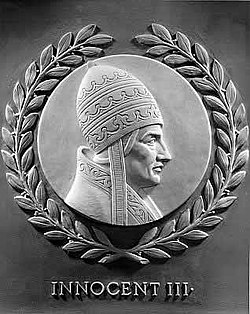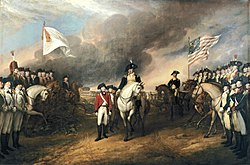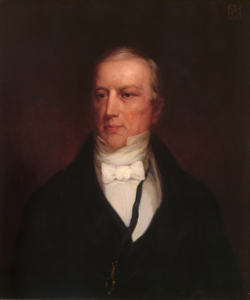
Since 1856, the United States Capitol Complex in Washington, D.C., has featured some of the most prominent art in the United States, including works by Constantino Brumidi, [1] [2] Vinnie Ream and Allyn Cox. [3] [4] The first recorded piece, First Cornerstone, was set in 1793, and was the first stone laid in the construction of the main Capitol Building. [5] Since then, hundreds of pieces have been installed within the complex, including statues, oil paintings, and wall engravings. The most recent piece installed in the complex [note 1] is the statue of Billy Graham, which was unveiled to the public in May 2024. [6] [7]
Contents
Many of the statues within the complex are located within the National Statuary Hall Collection, [8] comprising two statues donated by each of the fifty states to honor persons notable in their histories. [8] A variety of artwork and engravings are also located on the walls and interior ceiling of the United States Capitol rotunda, most notably the Frieze of American History and The Apotheosis of Washington , which covers the ceiling. [9] [10] Works by Constantino Brumidi are primarily located in the Brumidi Corridors, and a series of paintings by Allyn Cox are located in the "Cox Corridors", near the House Wing. [11]
During the January 6 United States Capitol attack in 2021, rioters heavily damaged six statues and two paintings, including the Bust of Thomas Jefferson. Damage and restoration costs were estimated to be up to $25,000 (2021 USD). [12] [13]






































































































































































































































































































































































































